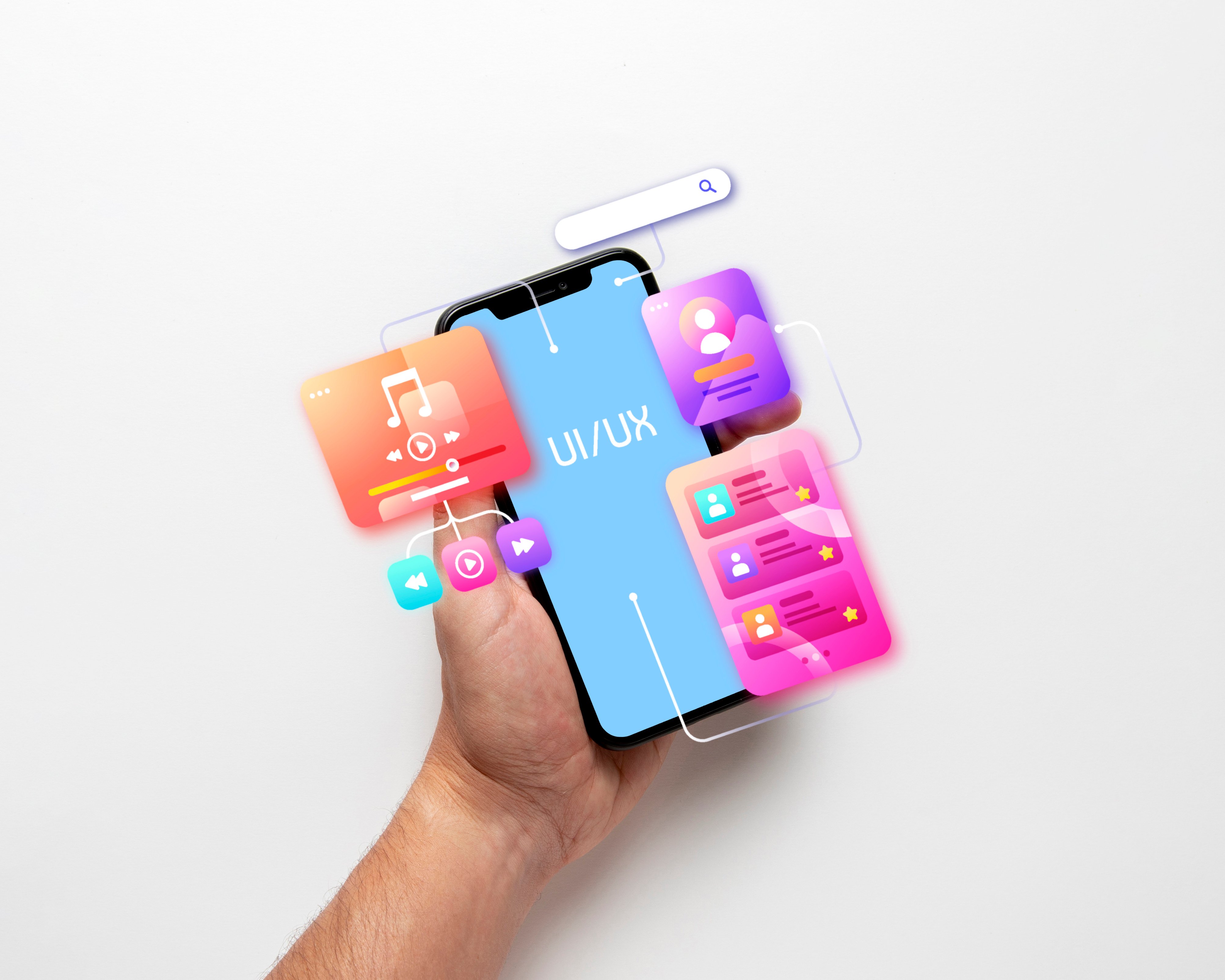The digital marketing landscape in Qatar has undergone a significant transformation over the past decade. From traditional methods such as print, radio, and TV, the industry has rapidly embraced digital strategies to stay competitive and relevant. This shift has been driven by changing consumer behaviors, technological advancements, and the need for more targeted and measurable marketing efforts. In this blog, we'll explore the evolution of Qatar's digital marketing, comparing what worked in the past with what works now, using the automotive industry as a case study.
1. Traditional Marketing Approaches in Qatar
Description: In the early 2000s, marketing in Qatar heavily relied on traditional media. Print ads in newspapers and magazines, radio commercials, and TV spots were the primary channels for reaching consumers. These methods were effective due to the limited media options and the high trust in established media outlets.
Key Points:
- Print Media: Newspapers and magazines were the go-to platforms for advertising. Companies placed full-page ads and inserts to capture the attention of readers.
- Radio: Radio commercials were popular due to the high listenership during commutes and at home.
- Television: TV ads were a powerful tool for reaching a broad audience, particularly during prime time slots.
- Events and Sponsorships: Companies often sponsored local events and sports teams to increase brand visibility and build community relations.
2. The Shift to Digital Marketing
Description: As the internet became more accessible, consumer habits began to shift. People started spending more time online, and the importance of digital marketing grew. Social media platforms, search engines, and websites became essential tools for reaching and engaging with target audiences.
Key Points:
- Social Media Marketing: Platforms like Facebook, Instagram, and Twitter offer targeted advertising options that allow businesses to reach specific demographics.
- Search Engine Optimization (SEO): Improving website visibility on search engines became crucial for attracting organic traffic.
- Content Marketing: High-quality content, including blogs, videos, and infographics, became key for engaging audiences and building brand authority.
- Email Marketing: Personalized email campaigns provided a direct line of communication with customers, enhancing relationship building and retention.
3. Case Study: Automotive Industry in Qatar
Description: The automotive industry in Qatar provides a clear example of how digital marketing has transformed traditional approaches. Previously, car manufacturers and dealers relied heavily on print ads, TV commercials, and radio spots to promote new models and sales events.
Check out the latest episode of Twist's podcast: Host Elie Charbel and guest Karim Fakhri, a renowned automotive journalist and co-founder of Auto Network ME, discuss the evolution of content creation, the electric car industry in the GCC, and the challenges and opportunities in the digital age.
Key Points:
- Digital Showrooms: Automotive companies now use virtual showrooms and interactive websites to showcase their vehicles. This allows potential buyers to explore features and options online before visiting a dealership.
- Influencer Collaborations: Collaborating with automotive influencers and bloggers has become a popular strategy for reaching car enthusiasts and potential buyers.
- Social Media Campaigns: Platforms like Instagram and YouTube are used for launching new models, sharing customer testimonials, and engaging with the audience through interactive content.
- Targeted Ads: Utilizing data-driven advertising on Google and social media platforms allows for precise targeting based on user behavior and preferences.
For more insights on other industries, be sure to listen to the podcast's other episodes, which cover a range of topics relevant to digital marketing in Qatar and the wider region.
4. What Worked Then vs. What Works Now
Description: The contrast between traditional and digital marketing in Qatar highlights the evolution in strategies and effectiveness.
Key Points:
- Reach and Engagement: Traditional media had broad reach but lacked the engagement and interaction capabilities of digital media.
- Measurability: Digital marketing offers detailed analytics and performance metrics, enabling businesses to measure ROI and adjust strategies in real-time.
- Cost-Effectiveness: Digital campaigns can be more cost-effective, offering better targeting options and reducing wasted ad spend.
- Customer Insights: Digital marketing provides deeper insights into customer behavior and preferences, allowing for more personalized and effective marketing efforts.
Conclusion
Qatar's digital marketing landscape has evolved significantly, with digital strategies now taking precedence over traditional methods. The automotive industry exemplifies this shift, showcasing how digital tools and platforms can enhance reach, engagement, and effectiveness. As the market continues to evolve, staying updated with the latest trends and technologies will be crucial for success.
For more on digital marketing strategies, check out our other blog: "Influencer Marketing Tactics for Events in Qatar + Real-World Example."




